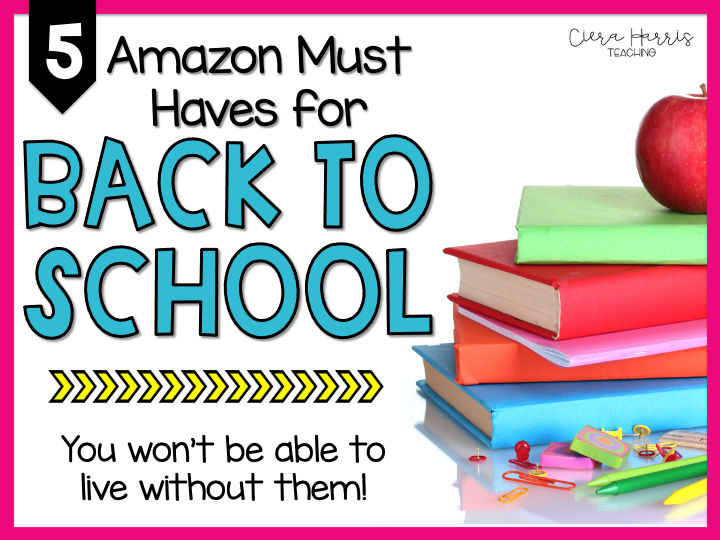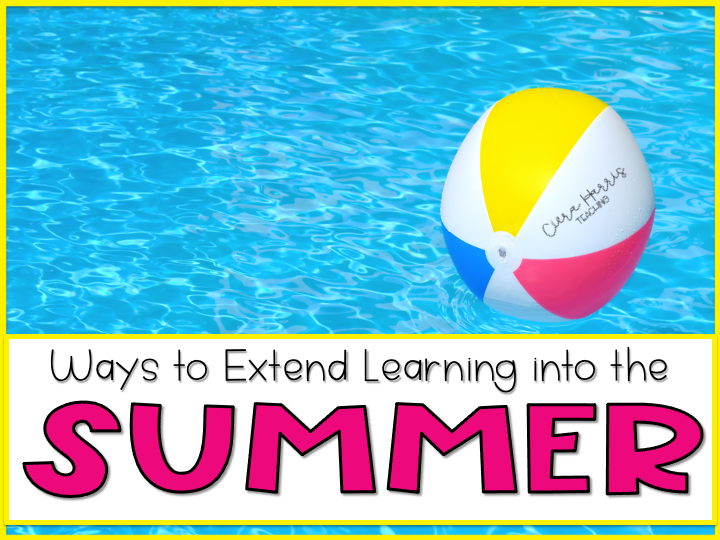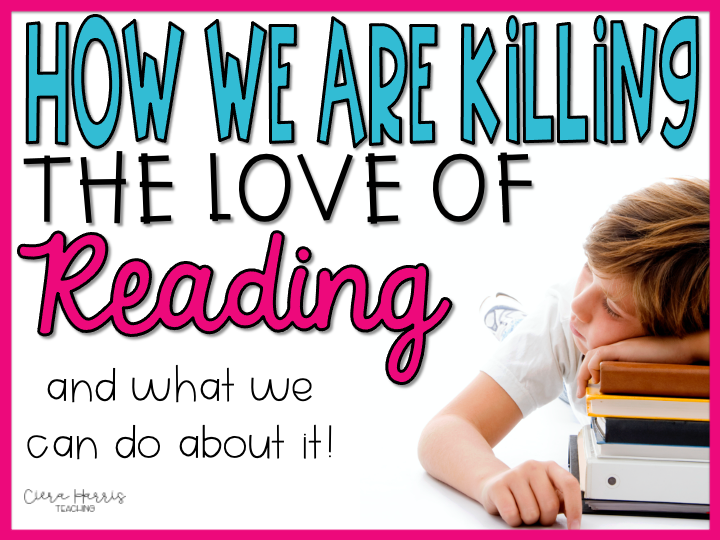Teaching is a balancing act that’s always changing. Whether it’s new programs being implemented, standards being changed, training to attend, and parents who love to ‘chat’ – it’s a lot to handle! So with our plates piled high, how do we see through and make a difference for our students? What should we be focusing on to make the most and biggest impact on our classroom? I’ve narrowed it down to three things! Let’s talk about three ways to make this year the best teaching year ever!

So let’s jump in and talk about 3 ways you can make this your best teaching year ever!
You know me, I like giving very actionable things that you can do tomorrow, today, to make changes (dramatic changes) in the way you work, the way you get results, and how all the processes work. I am going to give you three different ways and each one. We are going to break them down into 3 actionable steps. You are actually walking away with 9 different steps of things you can do to make this an amazing year for you.
Best Teaching Step #1: Be Intentional
When it comes to being intentional, sometimes teachers need to be reminded of this. I know this is something that I needed to be reminded of. Be intentional with what you are doing with  your time. Be intentional with the resources that you are using. Let’s break this down into ways to be intentional and how will this impact your year and make it even better.
your time. Be intentional with the resources that you are using. Let’s break this down into ways to be intentional and how will this impact your year and make it even better.
The first thing that I want you to do when it comes to being intentional is to use data. We should be using data every single day in our classroom. We should not be waiting until the end of the week assessments to make decisions for our students. By that point, it is too late. If you are putting a grade in the grade book, then it is too late. That’s not where we make our decisions. That is where we make a second, third, or fourth decision, but not where our initial decision. That is why I am a huge proponent of exit tickets. If you are using exit tickets every single day in your classroom, then you have data right then and there to look at and manipulate your lesson plans for the next day. Be intentional! Use data and use it to make intentional decisions on your day to day lesson plans.
The second that you can do to be intentional is to remove the ‘fluff‘. Get rid of it. I want you to analyze what you have going on in your classroom and if you can identify something and it’s “fluff”, it has to go! For example, look at your reading centers. A lot of reading centers nowadays are fluff. They are just not giving students the practice that they need. When you are providing students with reading centers, you want to think about the objective. What is the objective that they are doing and are students actually practicing the objective? Are they going through the steps to actually be able to improve upon the objective? When it comes to being intentional, we have to be very evaluative of the resources we are bringing into our classroom. And if they don’t meet the needs of our students, if they are not meeting the standards, if they are cutesy, then they need to go.
The third piece of being intentional is to use the right resource. When it comes to lesson planning, the right resource can make a huge difference with your students. I am not going to sit here and say use MY resources because my resources may not be the right resources for your students at this time. It’s all about understanding who your students are, where your students are as readers, what are you currently working on. Then Find the right resource to fill those needs. The resources you have in your filing cabinet this year might not be the right resources for your students. Just because you have it and it’s at your fingertips, does that really mean that’s what your students should be doing? Be intentional, really evaluate and analyze, and look at what you are using. Make sure we are putting the right resources in front of the students at the right time. Be intentional this year about everything you do in the classroom.
#2 Focus on Rigor
 Rigor should be a focus! Being a coach myself, I know that teachers hate the R-word. The word rigor is meaningful and as someone who creates resources, I know that rigor is important because it is lacking in a lot of places. As a teacher that sets expectations so high for their students, I need rigorous activities and rigorous lessons to help me help them reach those goals. I don’t settle for my students to reach lower goals because they are struggling readers.
Rigor should be a focus! Being a coach myself, I know that teachers hate the R-word. The word rigor is meaningful and as someone who creates resources, I know that rigor is important because it is lacking in a lot of places. As a teacher that sets expectations so high for their students, I need rigorous activities and rigorous lessons to help me help them reach those goals. I don’t settle for my students to reach lower goals because they are struggling readers.
Just because you are a struggling reader doesn’t mean you should not have the same expectations as the others. For every one of my students, I am going to set the goals high. I am going to push you as hard as you have ever been pushed and the resources that I use are going to reflect that. This is how we make sure rigor is the focus for us this year. There are three things that we can do.
Cute does not equal rigorous. Now I know there are a lot of big and very popular Teachers Pay Teachers sellers and they have awesome reading resources. They are all based on these super cute colorful crafts and students put them together. Everything is very colorful and it catches your eye. But I want you to really look at what people are giving you. I want you to evaluate my resources in the same way.
Look at those flashy things that catch your eyes and think ‘Is this rigorous enough for my students because it is cute and colorful? I am not saying that there aren’t things out there like that that are not rigorous. That can happen too. But don’t let the cute stuff catch your eye and take you down that rabbit hole. Ask yourself “Is it rigorous enough for your students? Is it going to push them? Is it going to push all of your readers? My high, my medium, and my low?” Cute does not equal rigorous.
The next thing for rigor is to not teach down. This is the mistake that I think a lot of teachers make because they feel that they have to make sure every single student is validated. Meaning, I see where you are at, and I am going to come to you. One student needs something and it’s a lot lower than what the other students need, so I am going to go to them. There is a time and place for that. That is separate. That is what we call interventions. There is a time and place for a small group intervention or a one on one intervention. When it comes to teaching the whole group, tier one is what you should be teaching. Tier one is grade-level instruction. Your students, all of them, the lows, the highs, and the mediums, all need tier one instruction. If not, all we are doing is making the gap for them bigger and bigger.
So, you are constantly trying to bend to every single student’s needs. That’s great and you are trying to be the best teacher you can be and you are trying to make sure everyone gets what they want but the reality is, all we are doing is making their gap further and further away from where they need to be. I can give my students a rigorous and amazing lesson that is hard, and it’s going to push everyone’s thinking. And while doing that, I can provide scaffolding for the students that need it. There are ways around this. You can make sure we are not bending over to every single student’s needs and forgetting really what we are there for.
We are there to push these students as far as they can possibly go. Don’t think 2nd grade standards, don’t think 3rd grade standards. Stop limiting yourself. Do not bend over so far for those students and don’t limit yourself for others. You want to make sure your expectations are extremely high and you are providing the scaffolding for the students that need it. And you are going to see your students go so much further than they have ever gone before. I promise you it is going to happen. So do not teach down to your students. Scaffold and keep those expectations high.
The third thing you can do for your students is to have high expectations with support. If you have different expectations for every student, that’s great because you are identifying where they are and what their needs are, but every student’s expectations should be the same. What is different is how you support them. When I taught 3rd grade, every one of my students needed to meet the objectives. The objective did not change per student. I did not care if you had the fluency of a first grader and I am giving you a middle of the year 3rd-grade passage. You are still going to do it. How I help you will be different from how I help everyone else. You are going to learn how to adapt, you are going to learn strategies. You are going to learn coping mechanisms and ways to get yourself to be able to do what is in front of you.
When I pull you for one on one, we are going to help fill more holes, more specific needs there. But when we are in a whole group, we are doing it all together. You are in 3rd grade and I am teaching 3rd grade. This is what made my class of extremely low and struggling students all to be able to pass the standardized tests. It is because there is no fluff, there is no bluff, this is what we are doing. I am going to help you, we are going to get there, and rigor is going to be our focus. If you can make that change, for you and for your students, you are going to have a fantastic teaching year this year. Let’s focus on the third thing. Then we are going to get into the fun game I promised you.
Best Teaching Step #3: Learn More About your Craft
The third thing to make this the best teaching year ever is to simply learn more about your craft. I think that teachers forget that this is a need for them. This is something that for me, I realized after 4 or 5 years of teaching. I was a  teacher but there was so much that I did not know. I was teaching what was put in front of me. Basically, I was a regurgitator. I was taking the information in front of me (aka the state standards or the curriculum) and I regurgitated it to my students until they understood it. And we moved on.
teacher but there was so much that I did not know. I was teaching what was put in front of me. Basically, I was a regurgitator. I was taking the information in front of me (aka the state standards or the curriculum) and I regurgitated it to my students until they understood it. And we moved on.
A true educator understands their craft. They understand what the main idea is and why we need to know it and how to break it down. They know what it looks like in grades 1, 2, 3, 4, and 5. That way I can truly help the scope and sequence of all my students when needed. I know strategies, intervention strategies, ESL strategies, gifted strategies. It wasn’t until I realized that I was that regurgitator that I took things into my own hands and I started reading more professional development books, I started doing more online PD training outside of what the school was already giving me.
Make sure you are enlisting in different PD training. There are many out there that are free. There are so many out there from some other fantastic educators. You just need to figure out what your area of concern is. Is it reader’s workshop? Guided reading? Is it just comprehension in general? Is it guided math? What do you need support in? What are you a regurgitator of and how can you fix that. How can we work on your craft? How can we learn about that craft? That way you can really understand the content and the how and why behind it to make the content better.
Read more blogs and articles. There is so much out there on the internet. It is just about being intentional with your time and understanding that this is something you need to do to grow as an educator. A quick google search and 30 minutes of reading can drastically help you to understand more about the things you’re unsure of!
Identify your trouble areas and picking an area to focus on. You can not improve on everything at one time. It is impossible. So what are you going to improve on, what is your area of focus and what are you going to do to improve that.
With these simple mind shift changes and shifts, I know you can make this year the best teaching year ever! Which one will you focus on first? Want to save this post for later? Pin the image below!






